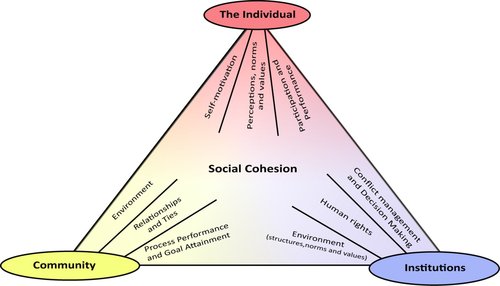Welfare regimes and social cohesion regimes: do they express the same values?
Key facts
Solidarity
Shared values
Concept & measurement
Summary
Welfare regime types are classified according to the role played by three main institutions, namely the market, the state and the family. They can be reinterpreted as systems of exchanges for providing resources based on the main principles of liberty, equality and solidarity. Depending on the different possible dialectical relations between these three principles, they lead to different social cohesion regimes. This paper is the first attempt to empirically test this hypothesis at a European level by elaborating a measure of social cohesion based on values and creating a typology of social cohesion regimes. In comparison to welfare regimes, it invites to go one step further by considering the articulation between the three main principles and proposes a more precise classification for countries. The results invite further research on the links between welfare and social cohesion regimes. The analysis is based on data from the 2008 European Values Study (EVS) in 43 countries using principal component analysis, multidimensional scaling and cluster analyses.




